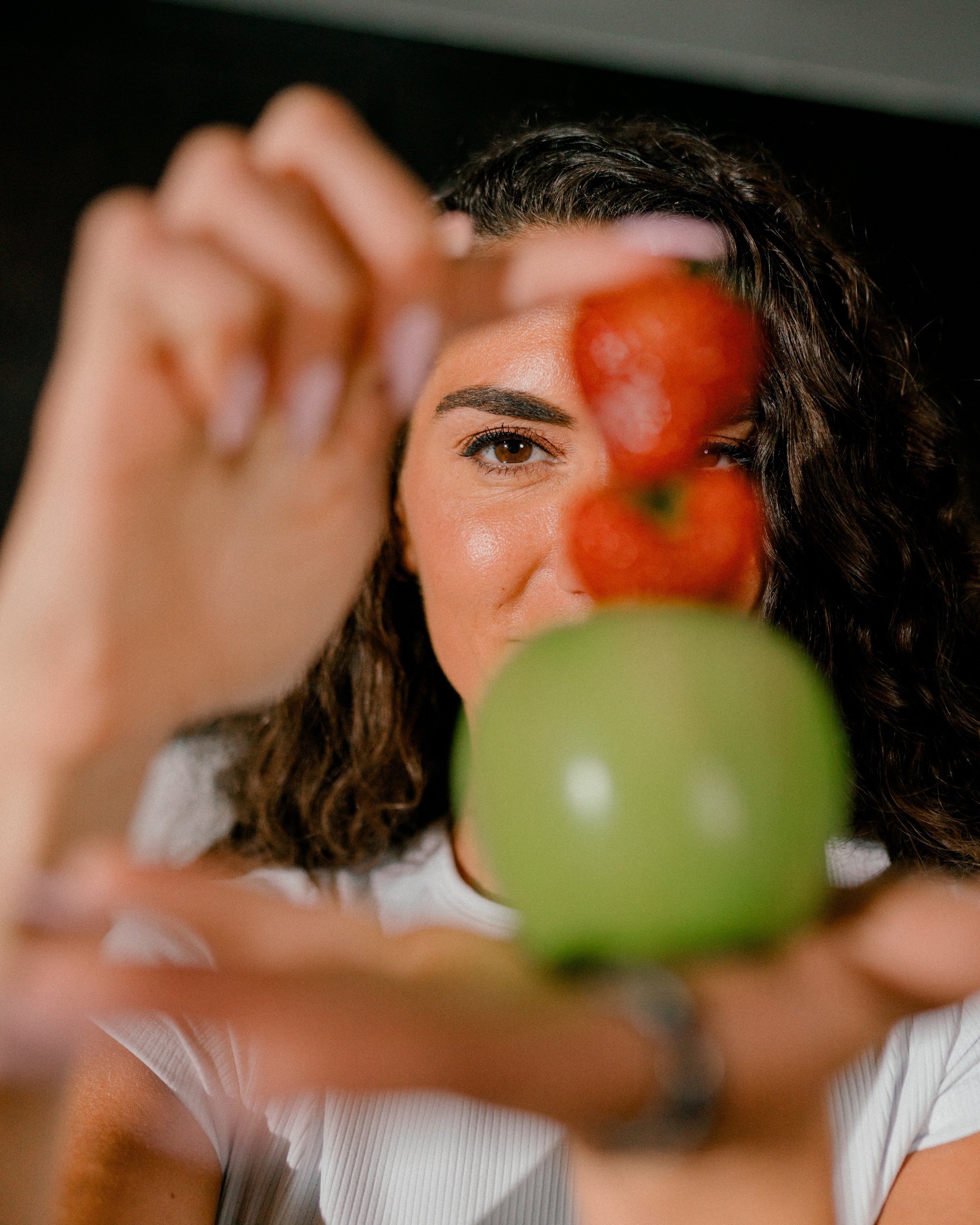What Exactly is Reverse Dieting? And 3 Tell-Tale Signs It Will Work For You
So you’ve heard about reverse dieting but you’re unsure exactly what it is or you know of a friend who has a friend who saw fantastic results doing it but still, you’re wondering what the heck it is!
To put it short, reverse dieting is the process of slowly increasing calories over time with the goal of improving your metabolic capacity. It’s not something you do for weight loss per se, but rather to improve your metabolism while understanding there is potential for some weight gain.
I often tell people reverse dieting is a short term sacrifice for long term success.
The reason someone may want to reverse diet, or might need to, is if they’ve been dieting at a low calorie range for an extended period of time and are now at a plateau.
A reverse diet is intended to strengthen the metabolism by increasing how many calories your metabolism can process with the goal of gaining minimal body fat. Instead of decreasing calories like a regular “diet,” you do the reverse and gradually add in calories every week. If you are opting to follow a traditional diet to lose body fat and help keep track of calories consumed, meal prep ideas with macro labels by Ideal Nutrition is a great option to do so.
A lot of people don’t know this but you can achieve your fitness goals in a healthy and balanced manner, without going to unmaintainable extremes. The journey may be a bit longer, but your body and mind will thank you and your results will be much more sustainable!
If this is not really making sense or reverse dieting sounds confusing, don't worry, let me explain.
Let’s use Lucy as an example. Lucy wants to lose weight so they start out eating 2000 calories a day which happens to be their maintenance in calories (calories they ate daily without gaining weight or losing weight- they stay the same at this calorie range). Now, they want to lose weight so they do what works traditionally best for people: they drop calories! Lucy happens to drop their calories from 2000 to 1200 a day which is a HUGE deficit. However, she initially sees HUGE results.
Lucy drops over five pounds in two weeks and by the end of month three they’ve lost over fifteen pounds. They keep eating in this low calorie range in hopes to continue to see weight loss but surprise surprise, around month four, they stop seeing any change in their body. After 6 months, they drop themselves below 1000 calories and soon not long after that, they’re workouts and sleep start suffering and they’re seeing no results anymore- they’ve officially plateaued.
This is when a reverse diet is needed. The answer is NOT to continue to drop calories or add in more exercise, although that might be their go-to move. The reality is dropping calories lower would be more detrimental than anything else.
Building or restoring your metabolic capacity is done through reverse dieting but it can be an intimidating and even scary process- I know because I’ve gone through it myself several times. Especially when diet culture tells us we need to eat less to weigh less, the thought of eating MORE to see results can be a total mind f**k!
How do I know if I should start a reverse diet?
I wanted to share my most often seen signs in folks when a reverse diet is needed in case you’re someone who is on the fence or wondering if you would benefit from one yourself.
You’ve come off an extreme diet or competition with low calories and have no increased calories back up since
You’ve plateaued in your workouts. You can’t push the same weights as you used to in your strength training workouts and no matter how much cardio you do, the scale won’t budge
Your sleep is not deep, you’re up throughout the night and you wake up constantly tired no matter how much rest you get
You have lost your cycle or it’s totally irregular or super spotty













